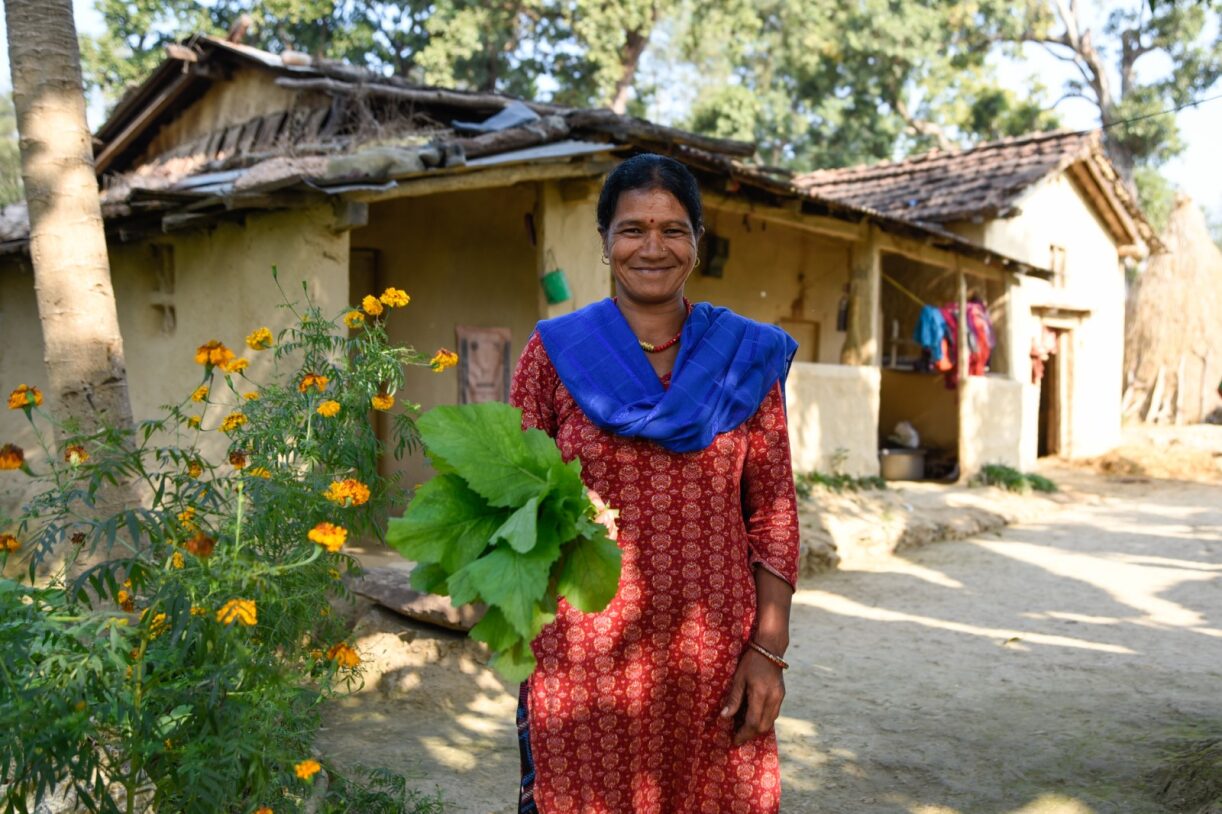Sustainable agriculture supports biodiversity conservation, IUCN study confirms
The comparative analysis was conducted across 20 farms situated within three micro-watersheds located in the western Guatemalan Highlands. This region is particularly vulnerable to the impacts of climate change and is characterized by elevated poverty rates.

Altiplano Occidental de Guatemala
Guatemala City, September 9th, 2023 (IUCN): On World Agriculture Day 2023, IUCN (International Union for the Conservation of Nature) reveals the findings of a comparative study aimed at evaluating biodiversity within agricultural landscapes of the Guatemalan highland.
The research focused on just over 192 hectares of agricultural land in the Balanyá, Quiejel, and Pixcayá Pampumay micro-watersheds, located in the upper part of the Motagua River in Chimaltenango. In these territories, 10 plots implementing Ecosystem-Based Adaptation (EbA) actions were randomly selected, together with 10 plots where conventional agriculture is practiced.
As shown in the maps, for the selection of study plots, buffer zones with an area of 1.5 kilometers were defined. This corresponds to the average flight range of bees and insects from the Syrphidae family, commonly known as "flower flies," which are considered beneficial for agriculture. Photo: Sara Fernández / IUCN
The analysis allowed for on-site evaluation of the presence of beneficial insects for agriculture, which was complemented by a survey of 20 producers. This survey aimed to determine whether farming practices actively promoted biodiversity within agricultural patches.
According to the study's results, when comparing biodiversity between farms employing these two different management approaches, the biodiversity index values were significantly higher in EbA-managed farms than in those employing conventional methods.
In terms of key indicators, particularly insect diversity, the disparity was statistically significant. EbA-managed farms registered a count of 167 insect specimens, whereas conventional farms reported a count of only 87 specimens.
When examining the number of distinct species, EbA-managed farms boasted twice as many species as their conventional counterparts. Specifically, EbA-managed farms showed a total of 68 distinct species, while conventional farms featured 34 species.
This study focused primarily on insect presence because this group serves as a highly valuable environmental indicator, owing functional roles in pollination and natural pest control.
Bombus sp., one of the insects registered in the study. Photo: Alfredo Mejía / IUCN
As a result of observation and comparative analysis between both agricultural systems, it was possible to determine the following as biodiversity-friendly practices in agriculture: contour farming (against the slope), terracing following contour lines, individual terraces for fruit trees, crop diversification and rotation, and intercropping between tree species, horticultural, and fruit crops.
Additionally, the use of organic inputs for managing diseases and phytophagous insects (those that feed on plants), including the use of organic fertilisers, was identified as a good agricultural practice for biodiversity.
According to Raquel Sigüenza, IUCN country representative in Guatemala,
promoting and monitoring ecosystem-based adaptation measures is crucial for maintaining the stability of native insects and their associated plants, which have a positive impact on conservation efforts and on improved quality of life for communities.
This study was conducted as part of the implementation of the project "Accelerating the global transition to sustainable agriculture," which is being implemented in the country since May 2022, with the support of the IKEA Foundation.
Its goal is to encourage the shift from conventional agricultural practices to ecologically, economically, and socially sustainable agriculture through the implementation of AbE (Ecosystem-based Actions) measures, so that Guatemalan agriculture promotes an increase in biodiversity rather than counteracting it.



